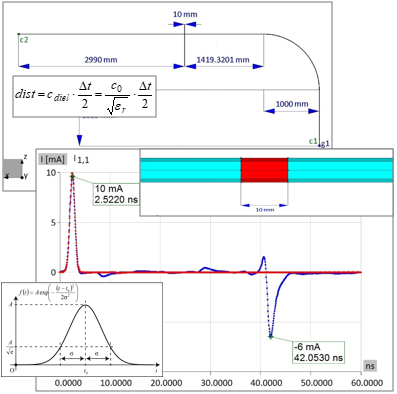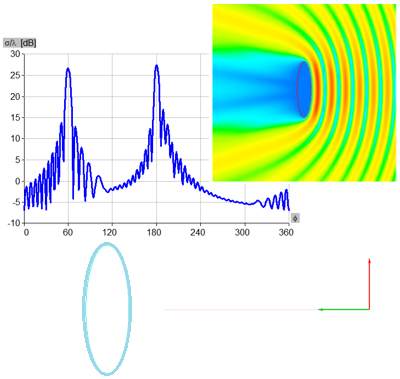RF Propagation in Mining Tunnels
Due to inherent higher order basis functions, efficient parallelization on multi core CPUs and support for simulations on GPU platforms, WIPL-D software can be effectively used for radio frequency propagation problems. One such problem would be determining power transfer between transmitter and receiver antennas at radio frequency (RF) frequencies in under-ground tunnels of significant length (several hundreds of meters).
The simulation setup involves positioning two antennas (transmitter and receiver) inside a very long tunnel. Usually walls are made of concrete, where characteristics vary: Er between 4 and 7 and Sigma between 0.02 and 0.0002. Tunnel height is 7.2 feet and width is 6 feet. Simulation frequency of interest ar 455 and 915 MHz. The effects of using horizontal or vertical polarization are also discussed. Simulations show comparison of measured and simulated data, where the distance between antennas is spanned between 0 and 500 feet, where simulation time is measured in hours.












